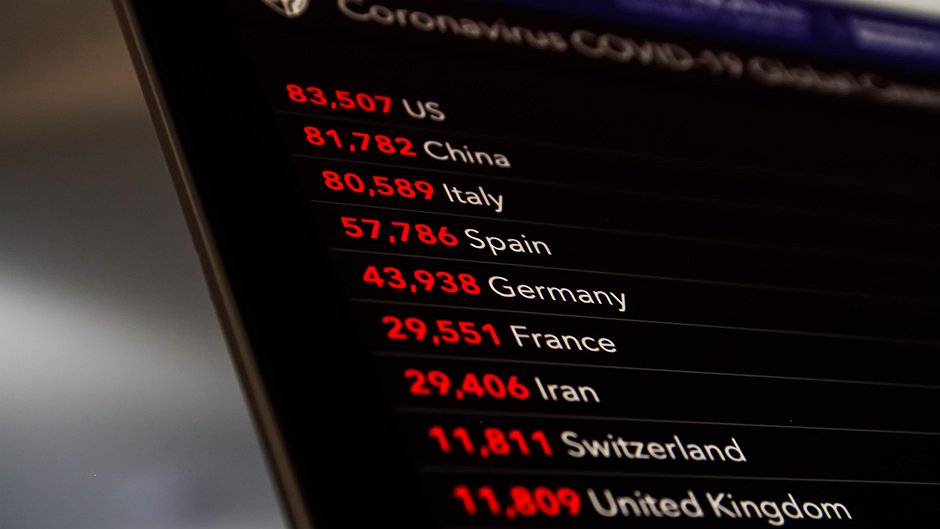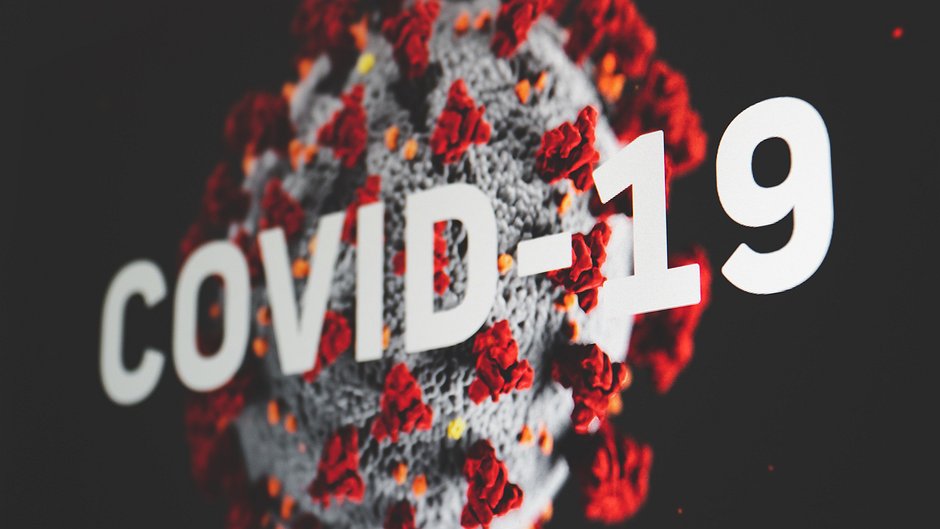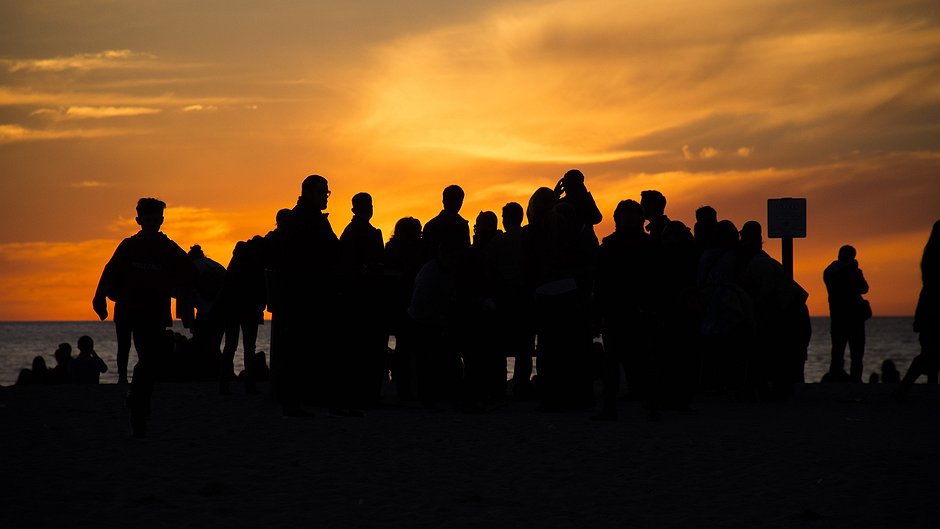
Advice for journalists reporting on COVID-19
By Miraj Ahmed Chowdhury | March 10, 2020
“We’re not just fighting an epidemic; we’re fighting an infodemic.” –WHO’s Director General Tedros Adhanom Ghebreyesus
Check out these tips from GIJN’s Q&A with Thomas Abraham, a veteran health journalist, an expert on infectious disease and global health security, and the author of “Twenty-first Century Plague: The Story of SARS” and “Polio: The Odyssey of Eradication.”
Caroline Chen covers health care for ProPublica. She survived the SARS outbreak in Hong Kong at the age of 13, and later, as a reporter, covered SARS and Ebola from the front lines. In this article, Chen focuses on what to ask when covering COVID-19; how to keep things accurate when dealing with estimates, projections, and fast-changing information; and how to stay safe, above all.
John Pope, a reporter with two decades’ experience in health issues, wrote up 11 tips to cover swine flu, which you may find relevant for the COVID-19 as well. His tipsheet includes — among others — the importance of getting the basic facts first, mapping the outbreak, keeping things simple and concise, emphasizing prevention, and to watch the language.
IJNet has compiled a list of tips for reporting on COVID-19 with advice from journalists who have covered the disease. Here are the key points:
- Understand the mood on the ground — then translate it into your work.
- Focus on reporting, not analysis.
- Watch your headlines.
- Remember: Not all figures are accurate.
- Talk to as many different people as possible.
- Avoid racist tropes.
- Consider the way you interview experts.
- Don’t neglect stories that aren’t exciting.
- Set your limits. Sometimes it is better to say “no” to the editor.
- When things wind down, stick with the story.
Fact-Checking COVID-19
“We’re not just fighting an epidemic; we’re fighting an infodemic,” said WHO Director General Tedros Adhanom Ghebreyesus at the Munich Security Conference on February 15. In this age of mis- and disinformation, online myths and conspiracy theories, journalists may also be debunking bad information, such as the disease being transmitted through goods manufactured in China, that scientists created COVID-19, or that it came from a particular research lab.
In a recent article, Poynter noted that people in at least five countries — including the US, India, Indonesia, Ghana, and Kenya — saw or read about a hoax that “the Chinese government had turned to the Supreme Court to request authorization to kill 20,000 people infected with the coronavirus 2019.”
For debunking and fact-checking, check out the initiative by the International Fact-Checking Network which includes 90 fact-checkers from 39 countries who are collaborating to combat this tsunami of falsehood. By the end of February, the #CoronaVirusFacts / #DatosCoronaVirus alliance has published 558 fact-checks on the disease. WHO has a “Myth Busters” page that debunks rumors on coronavirus which includes shareable images for everyone, including journalists and media organizations. AFP has also launched a similar initiative named “Busting Coronavirus Myths.” It’s always worth seeing what advice First Draft is serving up, including its latest article on slowing the spread of misinformation and this one on quick ways to verify content online. [Editor’s Note: First Draft has now added Coronavirus: Resources for Journalists.]
There are many media houses around the world which don’t have fact-checking teams or even a person with debunking skills. If you find hoaxes or suspicious information, reach out to well-established and credible local and regional fact-checking groups for help. Typically they are active on social media and are always looking for leads.
Dealing with Trauma and Victims
We always need to find human faces, visit homes and workplaces, and ask people uneasy questions for our stories. But in a global outbreak like this, victims are traumatized. They may not want to be identified and discuss infections. Even naming where the victim lives can spread panic in that community, leaving the victim’s family even more insecure.
The Dart Center for Journalism & Trauma has assembled a list of resources on COVID-19 reporting. It includes guides, tipsheets, advisories, best practices, and advice from experts on interviewing victims and survivors, and working with colleagues exposed to traumatic events. This article from the Center for Health Journalism also includes lessons for interviewing trauma survivors. Here’s a summary of tips:
- Treat the victims with dignity. Let the victim “invite” you into her story.
- Allow the victim to dictate the timing and setting of interviews; allow counselors.
- Be transparent. Take informed consent on how the victim will be identified.
- Put humanity before story. Prioritize the victim’s well-being first, the story second.
- Don’t overwhelm with the most difficult questions first. Empathize, and listen.
- Dealing repeatedly with traumatized victims may impact you.
Dart’s final tip is advice we should all heed:
“Take care of yourself, too.”
Check out GIJN’s Resource Center for our guide to covering COVID-19 and more resources on the crisis.
Miraj Ahmed Chowdhury is the editor of GIJN in Bangla. He also oversees programs and communications at the Management and Resources Development Initiative (MRDI), a leading media development organization and GIJN member in Bangladesh. He has 14 years of experience in journalism, mainly in broadcast.
Check out GIJN’s Resource Center for our guide to covering COVID-19 and more resources on the crisis.
Related courses

90 mins
 School of Data
School of Data
90 mins
 School of Data
School of Data Rory Peck Trust
Rory Peck Trust
50 mins
 Rory Peck Trust
Rory Peck Trust
Blogs

6 useful resources for journalists covering Covid-19
With a global pandemic spreading throughout the world, journalists are under increasing pressure to report accurate and relevant news for the masses. Often when covering a crisis, those on the reporting frontlines compromise their physical safety and mental health. To show some solidarity, the Advocacy Assembly team curated a list of useful resources from other organisations leading the way on this.

5 ways to find data for your next story
Data journalism is fast becoming a big trend in newsrooms across the globe. However, data isn’t always so easy to find. Here are five ways to get data for your next article.



